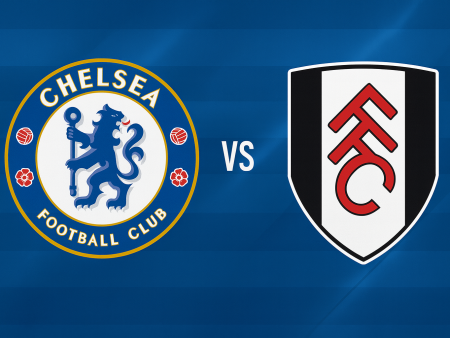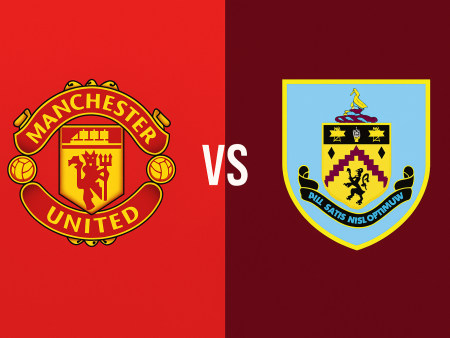Inside Zinedine Zidane’s Tactical Evolution at Real Madrid: 2020-21 Season Analysis
As the 2020-21 season unfolded, Real Madrid—under Zinedine Zidane—bounced back from a shaky start to become one of Europe’s most formidable sides. After a 14-game unbeaten run, including a crucial El Clasico victory and qualification for the UEFA Champions League semi-finals, Zidane’s tactical acumen has once again brought his team into contention for top honors. This analysis explores the key tactical themes and strategic pivots that shaped Real Madrid’s campaign.
Real Madrid’s Consistent 4-3-3 System and Personnel Choices
Zidane remained loyal to his 4-3-3 setup for much of the season, staying true to the eleven that clinched the 2019-20 La Liga title, though injuries forced several reshuffles. The core of around 15 reliable players formed the backbone of Madrid’s campaign, even as veteran defenders such as Sergio Ramos and Dani Carvajal spent periods sidelined.
One of Zidane’s boldest tactical decisions was to persist with an aging, yet immensely experienced midfield trio. Casemiro (29), Luka Modric (35), and Toni Kroos (31) anchored the team, with Casemiro notably pushing higher up the pitch in attack—a departure from the traditional holding role he played in previous seasons. This adjustment increased Casemiro’s involvement in offensive phases, reflected by his seven La Liga goal contributions (five goals included). When defending, Casemiro returned to a deeper position, facilitating transitions and shielding the backline.
Federico Valverde’s versatility gave Zidane valuable flexibility in the midfield and right-back positions, especially when injuries struck. The Uruguayan midfielder’s adaptability—whether in a diamond or a wide role—signals a promising future as a successor to Modric.
Defensive Adaptations and Key Players at the Back
Shifting dynamics in defense saw Zidane rely more on Nacho Fernandez and Eder Militao during Ramos’ and Raphael Varane’s absences. Lucas Vazquez and Ferland Mendy were standout fullbacks, especially Vazquez, who excelled in attack with five assists and consistent chance creation, second only to Kroos. Thibaut Courtois provided stability between the posts, featuring in every league and Champions League match.
Attack Reimagined: Benzema’s Central Influence and Wing Dynamics
With former talismans Cristiano Ronaldo and Gareth Bale gone, Karim Benzema carried the primary scoring burden. The French striker delivered 19 goals and six assists in La Liga, bolstering Madrid’s offense alongside emerging talents Vinicius Junior and Marco Asensio. Vinicius’s improvement was notable, accumulating six goals and four assists across La Liga and Champions League competitions, while Asensio secured his starting role on the right flank with consistent goal contributions.
Progressive Build-Up Play and Tactical Variations
Real Madrid played a possession-heavy, patient build-up game, ranking among La Liga’s top three in ball possession. When Ramos was present, build-up often funneled through him, with Kroos and Modric orchestrating the tempo. In the absence of primary center-backs, the fullbacks and midfielders played a greater role in early phases of possession, with Vazquez frequently advancing the ball upfield through vertical passing combinations.
The team’s passing rang showed remarkable proficiency in both short build-up and longer, direct passes. Kroos, Ramos, Casemiro, and Modric excelled in distributing incisive long balls, allowing Madrid to bypass heavy pressure and exploit spaces behind opposition defenses. Notably, Kroos maintained an 88% long-pass success rate in La Liga—an indicator of the squad’s technical prowess.
In advanced areas, Madrid leaned on the width provided by their fullbacks and wingers. While Vazquez offered attacking width on the right and delivered frequent crosses, Mendy occasionally advanced centrally to support midfield play. Switches of play, often orchestrated by Kroos, Casemiro, or Modric, enabled overloads and numerical advantages on the flanks—strategies particularly effective in key Champions League ties.
Benzema’s Role as a False Nine: Advantages and Limitations
A signature aspect of Madrid’s attack under Zidane involved Karim Benzema dropping into deeper positions as a false nine. This allowed the striker to link play, draw defenders, and create space for teammates. Although Benzema’s positional intelligence elevated Madrid’s vertical movement, this approach had its drawbacks—namely, the lack of direct goal threat from wide forwards. Asensio and Vinicius, while creative, often contributed fewer shots and goals than their elite peers, and much of Madrid’s finishing responsibility rested with Benzema.
To illustrate, Benzema averaged 3.9 shots per game (rising to 4 per 90 minutes), whereas Vinicius and Asensio hovered around 1.7 shots per 90. This imbalance highlighted Madrid’s continued reliance on their star striker and a pressing need for greater offensive output from the wings.
Defensive Organization and Shape
Defensively, Real Madrid operated primarily in a compact 4-5-1 structure, transitioning to a 4-4-2 out of possession to improve their central coverage and pressing efficiency. In this adjustment, either Kroos or Modric would advance to support Benzema in the initial press, while wingers fell back to shield against marauding opposition fullbacks.
This dual-layered shape limited the space between lines and pushed opponents wide, a key strategy against teams with strong attacking fullbacks. Communication between Kroos and Modric was critical to prevent gaps during transitions. The benefits were clear: after an early-season vulnerability, Real improved their defensive solidity, conceding only 24 goals in 30 La Liga fixtures.
Key defensive contributors included Casemiro, among the top tacklers and interceptors in the league, and Vazquez, who demonstrated impressive defensive output despite regularly shifting from an attacking role. Backups Valverde, Nacho, and Militao also seamlessly slotted in when called upon, sustaining Madrid’s defensive levels throughout the campaign.
Conclusion: Zidane’s Tactical Mastery Amid Adversity
Despite squad changes and an ongoing battle with injuries, Zinedine Zidane once again proved his ability to adapt and extract the best from his available roster. Through smart utilization of experienced players, tactical flexibility, and adjustments such as Casemiro’s advanced role and Benzema’s deeper positioning, Zidane maintained Real Madrid’s competitive edge in both La Liga and the UEFA Champions League.
Under his direction, young players like Vinicius Junior and Federico Valverde took significant steps forward, while seasoned stars like Benzema continued to deliver. Even in a season fraught with obstacles, Zidane’s Real Madrid exemplified resilience and ingenuity—qualities that will define the club’s legacy well beyond the 2020-21 campaign.








